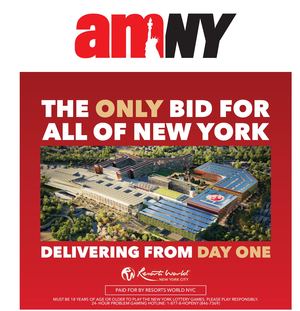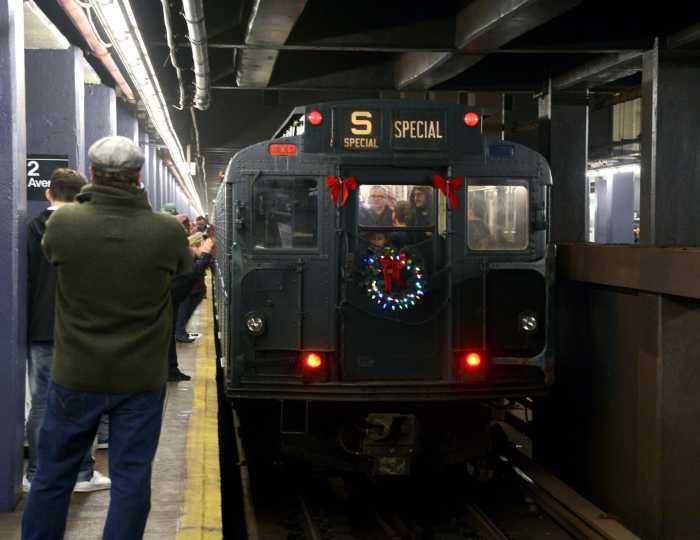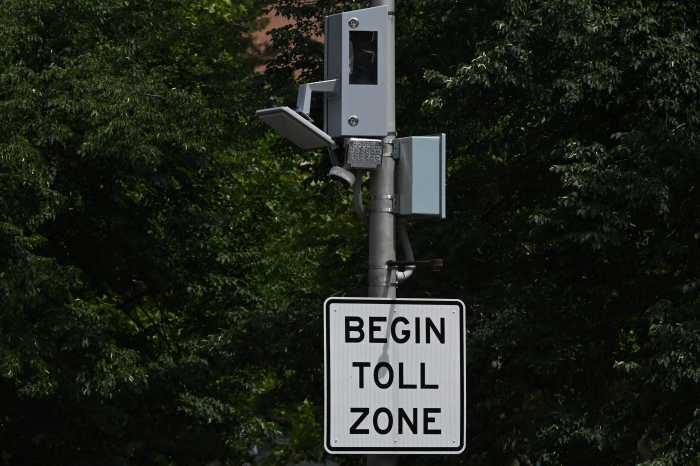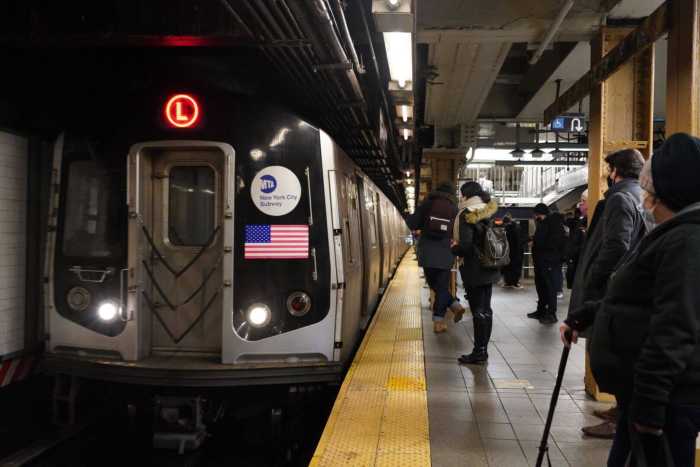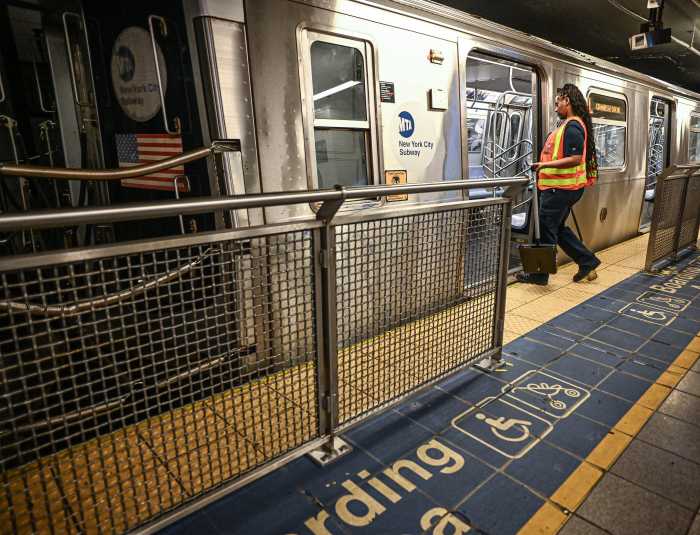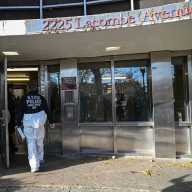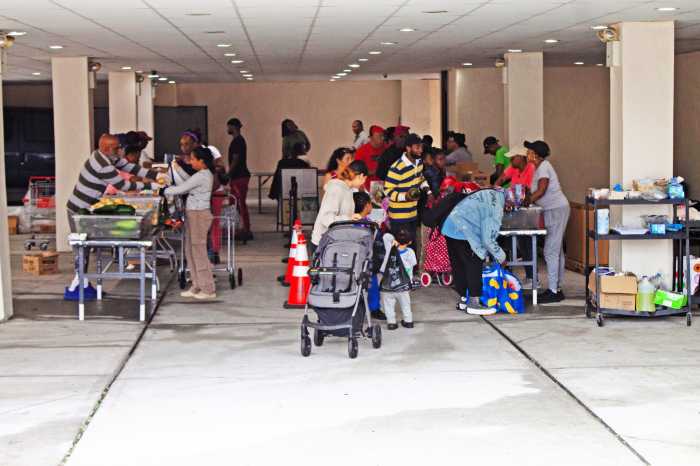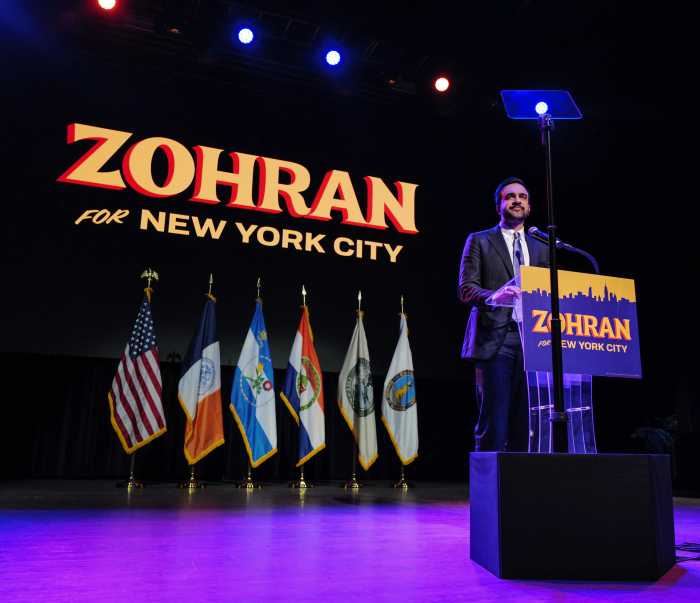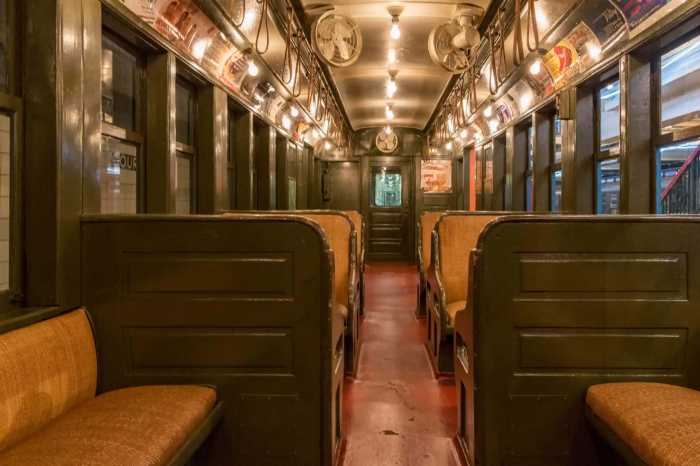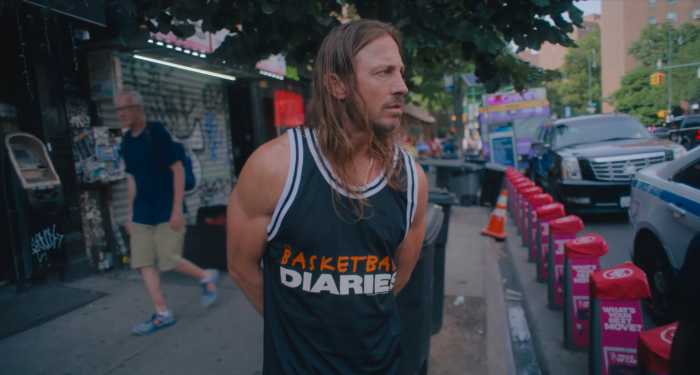The MTA wants to replace thousands of old, unreliable railcars with modern rolling stock over the next five years, proposing nearly $11 billion of spending to cycle out old cars on the subway and its commuter railroads.
The proposal is part of the MTA’s $68 billion capital plan, which was proposed last week and will be subject to a vote on Wednesday at the MTA Board on whether to advance. The agency says it hopes to replace 1,500 subway cars and 500 commuter rail cars serving the Long Island Rail Road and Metro-North by 2030.
MTA brass said that thousands of cars that entered the system in the 1980s are nearing the end of their useful life and constantly need maintenance; the oldest cars in the fleet break down about six times more frequently than newer ones and, on average, can travel far fewer miles between failures.
Replacements would come for the R62, which serves numbered lines like the 1, 3, and 6, as well as the R68s which run on the B, D, N, and W lines. The R62 entered service in 1984, while the R68 came online two years later.
“We’ll be replacing 40-plus-year-old cars to increase reliability,” said Demetrius Crichlow, the interim president of MTA New York City Transit.
The MTA would also replace the remaining 1980s-era M3 cars on the commuter railroads with new M9s.
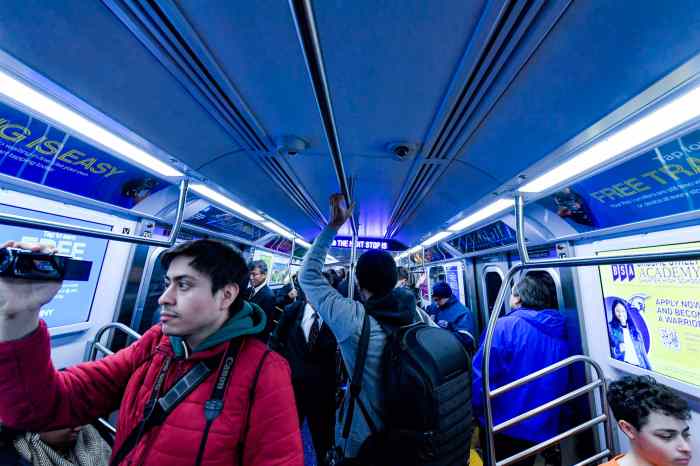
The old cars would be replaced by new trainsets such as the R211, which is presently in service on the A and C lines, or the forthcoming R262, which is still in the planning stages but would ultimately replace the R62.
In addition to fewer maintenance needs, the new cars are a prerequisite for the MTA to install new signaling across various lines in the system.
The MTA also intends to spend $2 billion upgrading several maintenance shops and yards, some of which must be done if officials hope to update the rolling stock fleet. That’s of particular importance at the Livonia Shop in Brooklyn, where 3 trains are serviced; it’s so old that newer trains couldn’t be serviced there because it’s not tall enough to work on the roof of trains where modern HVAC systems are sited.
Nonetheless, all of the MTA’s intended investments remain up to the politicians and bean counters in Albany. The agency only has about half of the $68 billion in funding for the 2025-29 capital plan secured; once the MTA Board approves the capital plan to be sent to Albany, lawmakers can approve funding.
Moreover, the current 2020-24 capital plan is unfunded to the tune of $16.5 billion, owing to the pause on congestion pricing. The current plan was set to replace all of the 1970s-era R46 trains, which run on the A, C, N, Q, and W lines, with R211s, but those plans are on hold owing to lack of funds.
Read More: https://www.amny.com/nyc-transit/
